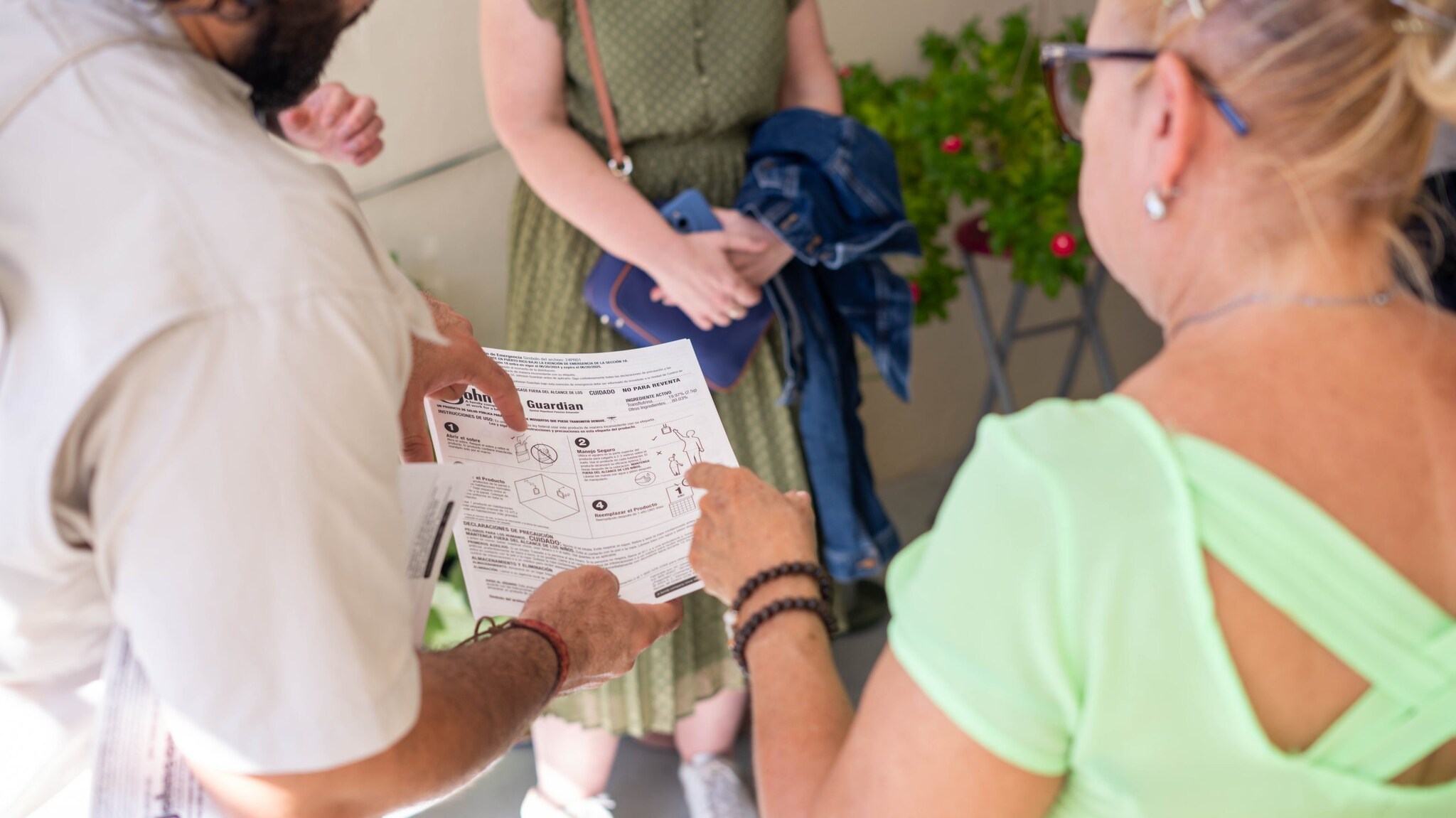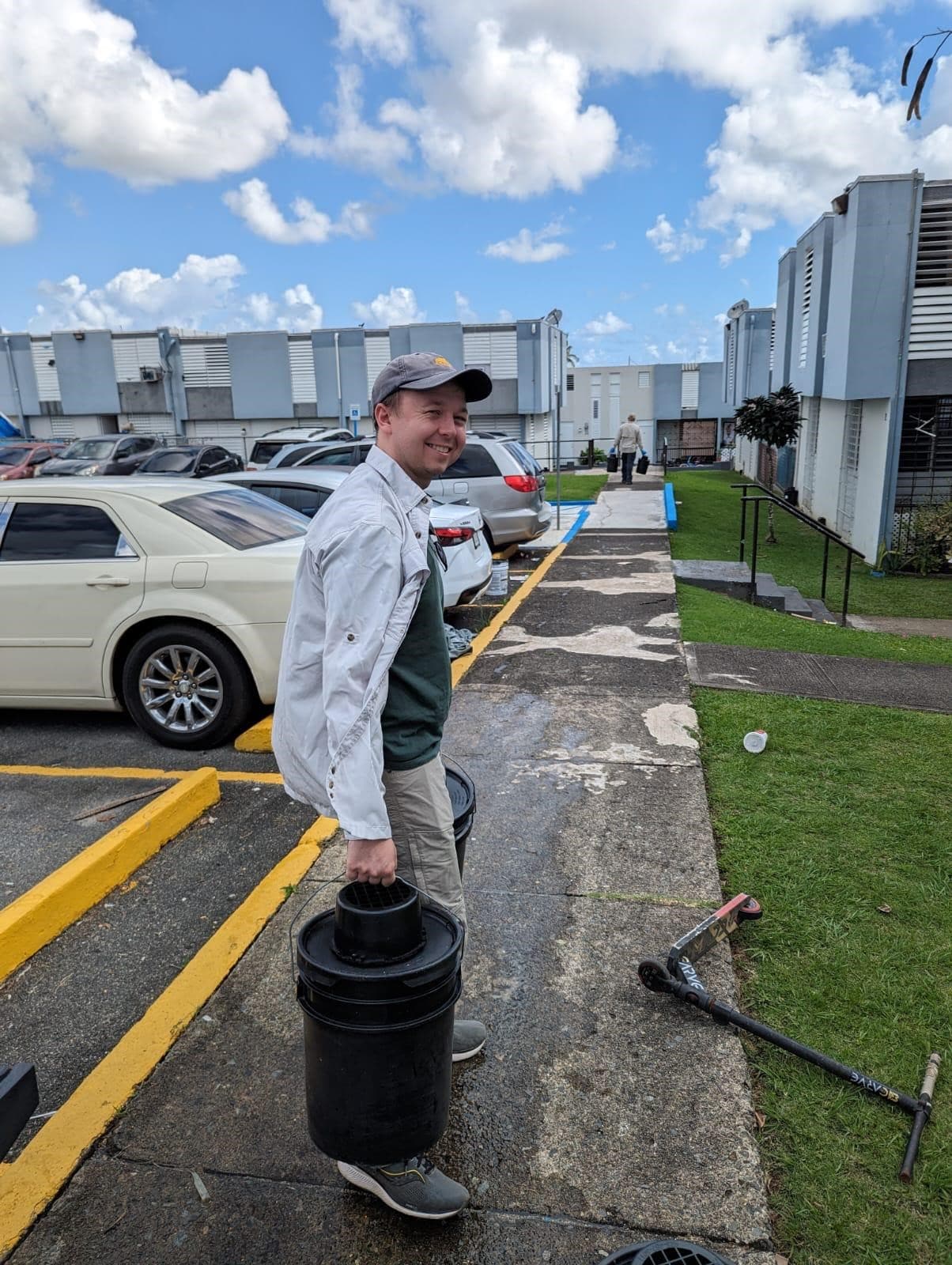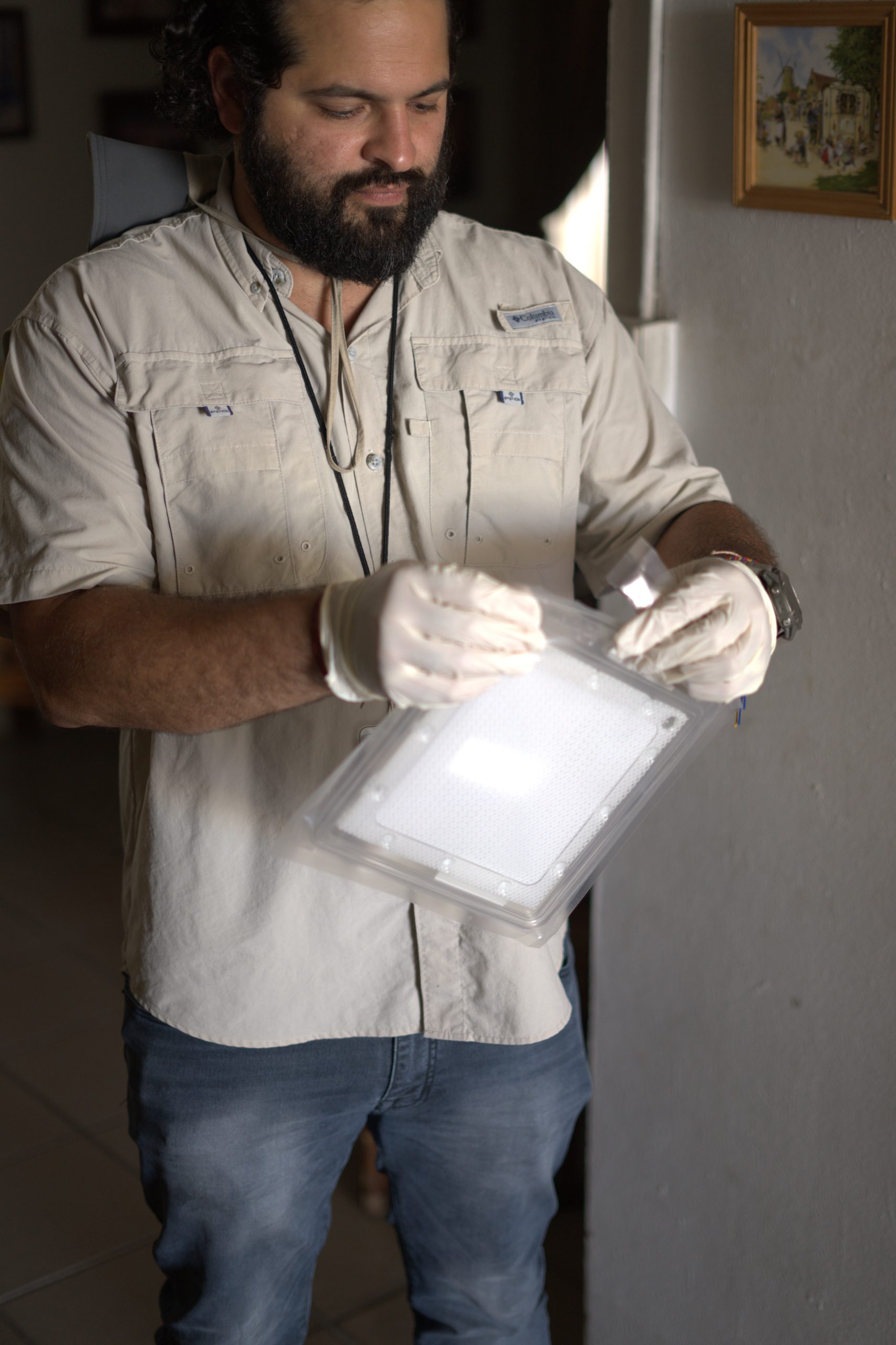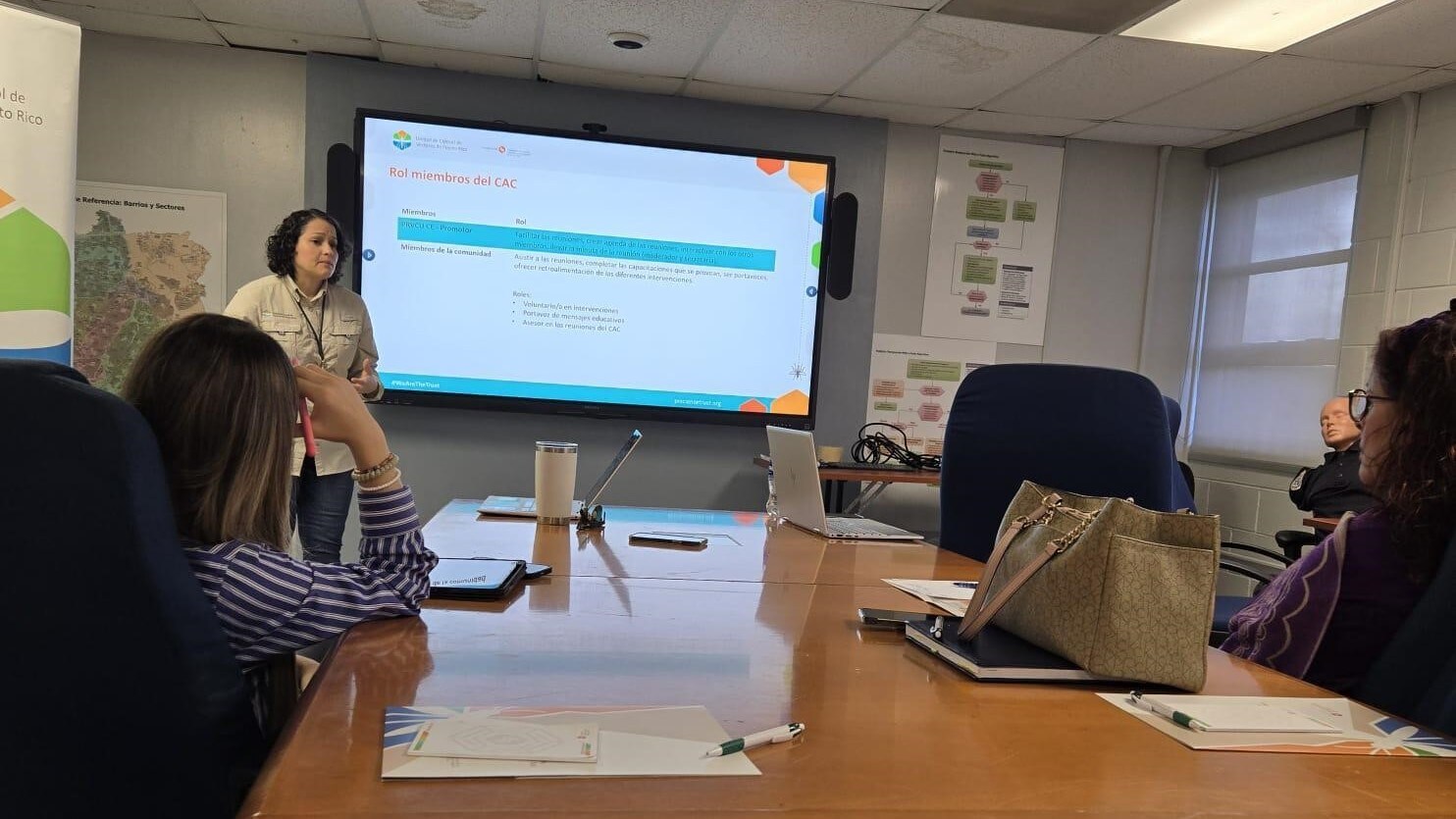What to know
Controlling mosquitoes to prevent diseases like dengue is a difficult task. Using a single method usually doesn't get rid of all mosquitoes. Modern mosquito control programs use a combination approach to reduce the number of mosquitoes in an area. This combination, known as integrated mosquito management (IMM), can help slow the spread of dengue and other mosquito-borne viruses.

How integrated mosquito control can help prevent dengue
Dengue is common in Puerto Rico. Outbreaks happen every few years, with cases occurring across the island. Bayamón, a city to the west of San Juan, historically has been among the top five municipalities for dengue cases, and the 2024 outbreak was no exception. So, when local authorities declared a dengue outbreak in March, the Puerto Rico Vector Control Unit (PRVCU) and Bayamón's local authorities sprang into action. CDC's dengue experts are assisting the effort by providing technical advice on mosquito control and surveillance, supporting human case surveillance and reporting, strengthening communication and community engagement, and evaluating and monitoring mosquito control programs.
"The best way to fight dengue is with a combination of interventions, and this integrated mosquito control program has some promising early results," says Forrest Jones, PhD, CDC epidemiologist who is helping measure the program's impact.

Since February 2024, the Bayamón Integrated Mosquito Management Program has aimed to reduce the number of mosquitoes that spread dengue in areas that routinely report high numbers of cases. To control the mosquito population, more than 2,000 mosquito traps have been deployed, neighborhoods with abandoned housing are routinely sprayed with larvicide, and routine yard inspections in public housing are conducted to find and remove places where mosquitoes can lay their eggs. To monitor the number of mosquitoes in the community, field technicians collect captured mosquitoes weekly in surveillance traps and take them to a lab, where they're counted, classified by species and sex, and tested for dengue virus.
A new tool
Program staff also began distributing and installing devices known as passive emanators in the homes of interested residents. These devices, also known as spatial repellents, slowly release an active ingredient into the air without using heat or electricity. The active ingredient in passive emanators is transfluthrin, an U.S. Environmental Protection Agency (EPA)-registered insecticide.

Puerto Rico Vector Control Unit
Transfluthrin confuses mosquitoes reducing their ability to bite people, which may help reduce the risk of dengue transmission. By December 2024, the program staff had installed passive emanators in more than 600 homes.
Community voices drive progress
PRVCU gathered feedback from residents, business owners, faith-based organizations, and other community groups to develop a community engagement plan and communication strategy. The community team created a Community Advisory Committee (CAC) including residents, leaders, and volunteers to actively participate in project planning, as well as to gather their feedback about projects activities.

Puerto Rico Vector Control Unit
Program staff have also prioritized community involvement through educational talks, children's book readings, house-to-house visits, and participation in community events. The team also created a webpage for the program and promoted mosquito control and bite prevention through press releases, social media posts, and radio messages in Bayamón.
And Jones says this program can serve as a model for other areas in where dengue is common.
"It's been exciting to follow the trends in the numbers of mosquitoes we are trapping and dengue cases in Bayamón," he says. "We're finding fewer mosquitoes in both public housing and schools where PRVCU has focused a lot of the interventions to prevent dengue transmission."